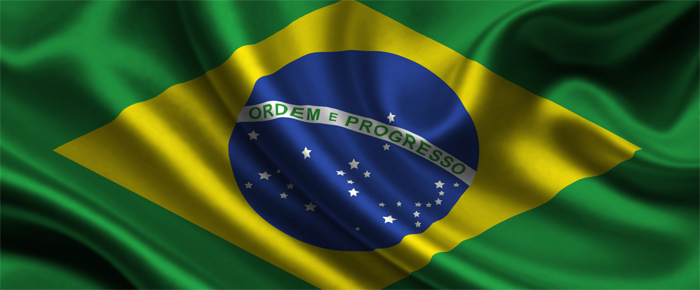
By Haddon Libby
The World Cup is once again upon us. Its host country, Brazil, is the odds on favorite to win the Cup at 3:1 with Argentina a close second at 4:1 and the United States a distant hope at 200:1.
With Brazil taking center stage for the next month, let’s take a look beyond its soccer matches and bikini-clad residents.
The World Cup caused the government to spend $4 billion on soccer stadiums alone with infrastructure improvements estimated at slightly more than $6 billion. These massive expenditures have been a source of consternation amongst many in Brazil as the country has the 17th worst poverty level in the world with nearly one in four Brazilians living in poverty. For comparison, three in ten Americans live in poverty, an equally appalling number when you consider our wealth.
The Brazilian government justifies World Cup spending by pointing out that the country needed massive infrastructure improvements. The country’s fast rise to economic prosperity has created the fastest growing middle class in the world. Additionally, the 3.4 million World Cup visitors are anticipated to spend $3,800 each or $13 billion, billions more than monies spent.
Worth noting, Brazil has the world’s eighth largest economy and sixth largest working population at 107 million. For comparison, the U.S. has the largest economy and third largest working population at 155 million. When looking at Gross Domestic Product (GDP) per person, Brazil generates $12,100 per person versus the U.S. that generates $52,800. Despite this low GDP level, Brazil has the fourth highest plastic surgery rate per capita in the world, behind South Korea, the nearly bankrupt Greece and Italy (U.S. sixth and rising quickly).
Decisions made nearly forty years ago under Brazil’s former military dictatorship are a large part of the reason for the fast rise in the economic standing of Brazil and its people over the last fifteen years. Back in the seventies, Brazil relied on imported oil for 80% of its energy production. Leadership mandated and set in motion a strategy for energy independence. As such, they began offshore oil drilling while developing biofuels like ethanol. Today, virtually all cars in Brazil are ‘flex fuel’ meaning that their cars can operate on gas, a gas-ethanol blend or ethanol only. This combination has helped fuel energy independence that has resulted in more monies being kept in their country and invested in their people instead of being exported to oil producing countries.
While we are not happy with the deforestation of their rain forest, the growth in food crop production has helped to make their country a net food exporter with the United States and China being their two largest trading partners. For example, Brazil along with Colombia produces 40% of all coffee in the world. While the recent drought in Brazil hurt exports, an accompanying 50% increase in the price of coffee mitigated its impact on their economy.
While coffee bean prices have increased this year to a wholesale price of $1.53 a pound, this is still more than $1.00 per pound less than 2011 and on par with prices since 2009. Remember this when coffee sellers in the United States make their case for increased prices. Assuming 30 cups of coffee per pound, the wholesale price of a cup of coffee is still about 5 cents. At $3.00/lb, the cost of a cup of coffee is only a dime while a retail price like $7.50/lb works out to 25 cents per cup.
All of this has been accomplished in Brazil without government deficits and despite corruption that steals 2% or $24 billion of the nation’s $2.4 trillion GDP.














































